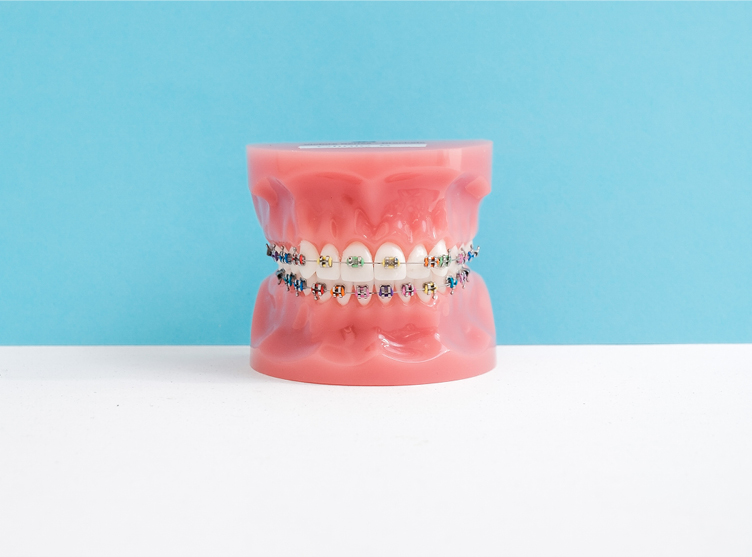
Teeth shifting can be normal, but it’s sometimes a sign of a problem requiring orthodontic treatment. But what does it mean when teeth move, and how easy is it to fix? Let’s take a look.
What is teeth shifting?
Although teeth are ‘fixed’ in position, they have some freedom to move around slightly. When teeth move out of position, we say they’ve ‘shifted’. Common causes include:
- Age (teeth may shift more as we get older, and our bone structure changes)
- Grinding your teeth at night
- Clenching your teeth during the day, e.g. if you’re stressed
- Tooth changes including decay and infection
- Gaps caused by missing teeth
- Illness or injury, e.g. if you have a tooth knocked out of position
- Gum disease
Teeth also move when you wear braces. The braces apply pressure to the teeth and move them into a more desirable position.
Is teeth movement after braces common?
Braces are designed to help straighten your teeth and improve overcrowding, so during the process they will apply force to your teeth to shift them into place. After braces however, teeth will only move if the prescribed retainers are not worn as directed. So, can you fix shifted teeth? Well, it depends.
How do you fix teeth that have shifted after braces?
With proper aftercare, your teeth shouldn’t shift after wearing braces. Retainers are issued to all clients to wear after their treatment, and these are a necessary part of treatment to maintain results and keep teeth aligned.
In terms of fixing teeth once they’ve shifted, it can be more difficult. The best idea is to make an appointment with your orthodontist as soon as possible so they can evaluate the changes and go over your options.
Can retainers fix a slight shift in teeth after braces?
If it’s a minor shift in tooth position, yes. A retainer works by holding the teeth in the right place while the bone and gum heals properly, and moves into position. So, a retainer can reduce the chance of teeth moving around too much after braces, and it can even help encourage teeth back into the right position.
However, while a retainer can fix slight tooth movement, it can’t correct more significant shifts. You will need targeted orthodontic treatment to fix more substantial shifts.
How long do your teeth shift after braces?
You could experience teeth movement after braces at any age if the prescribed retainers aren’t worn. The best way to minimise any undesirable shifting is to keep wearing your aligner or retainer as directed by your orthodontist. Otherwise, you may need braces again, or another treatment, to correct excessive movement.
What do I do if my teeth shifted after braces?
If you notice some tooth movement after braces, the best thing to do is contact your orthodontist. It’s usually completely normal for teeth to move slightly as your mouth settles down, but your orthodontist can advise if there’s any further treatment you or your child might need.
We have clinics across NSW in Shellharbour, the Southern Highlands, Wollongong and Parramatta. So, if you’re local and you’re looking for adult or teenage orthodontic treatment, contact us for an oral consultation.
